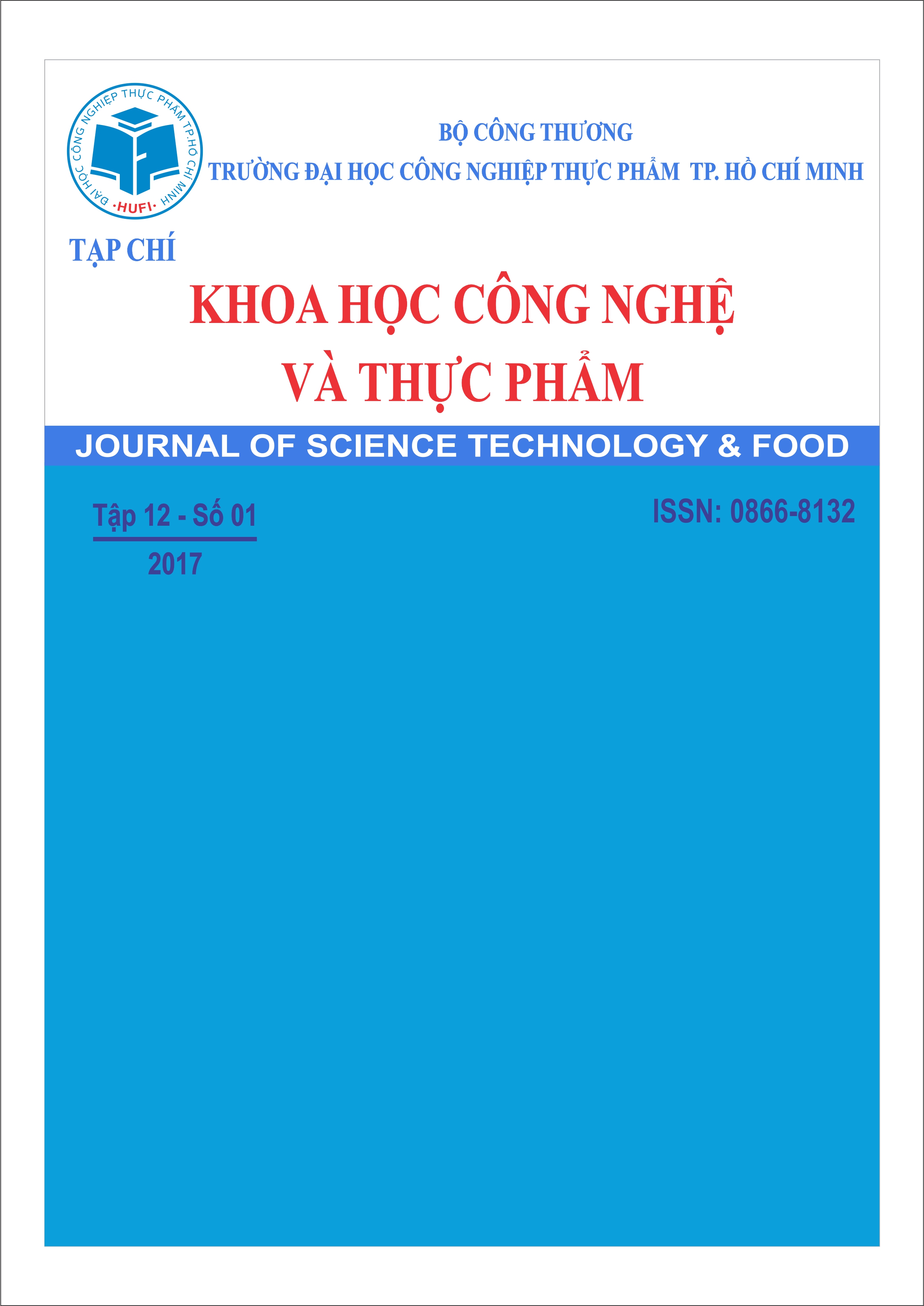EVALUATION ON ENGINEERING PROPERTIES OF GEOPOLYMERS FROM BOTTOM ASH AND RICE HUSK ASH
Tóm tắt
Geopolymerization is the process of reactions among alumino-silicate resources in high alkaline conditions developed by Joseph Davidovits in 1970s. The reactions form chains and rings of alumino-silicate networks in geopolymeric structures. The raw materials used for geopolymerization normally contain high SiO2 and Al2O3 in the chemical compositions such as meta-kaoline, rice husk ash, fly ash, bottom ash, blast furnace slag, red mud, and others. The geopolymer-based material has potentials to replace Ordinary Portland Cement (OPC)-based materials in the future because of its lower energy consumption, minimal CO2 emissions and lower production cost as it utilizes industrial waste resources. Moreover, in this paper, coal bottom ash (CBA) and rice husk ash (RHA), which are industrial and agricultural wastes, were used as raw materials with high alumino-silicate resources. Both CBA and RHA were mixed with sodium silicate (water glass) solution for 20 minutes to form geopolymer materials. The specimens were molded in 5-cm cube molds according to ASTM C109/C109M 99, and then cured at room temperature. These products were then tested for engineering properties such as compressive strength (MPa) and volumetric weight (kg/m3), and water absorption (kg/m3). The results indicated that the material can be considered lightweight with volumetric weight from 1394 kg/m3 to 1655 kg/m3; compressive strength at 28 days is in the range of 2.38 MPa to 17.41 MPa; and water absorption is at 259.94 kg/m3.
Keywords: Coal bottom ash, geopolymers, rice husk ash, industrial waste, engineering properties.

